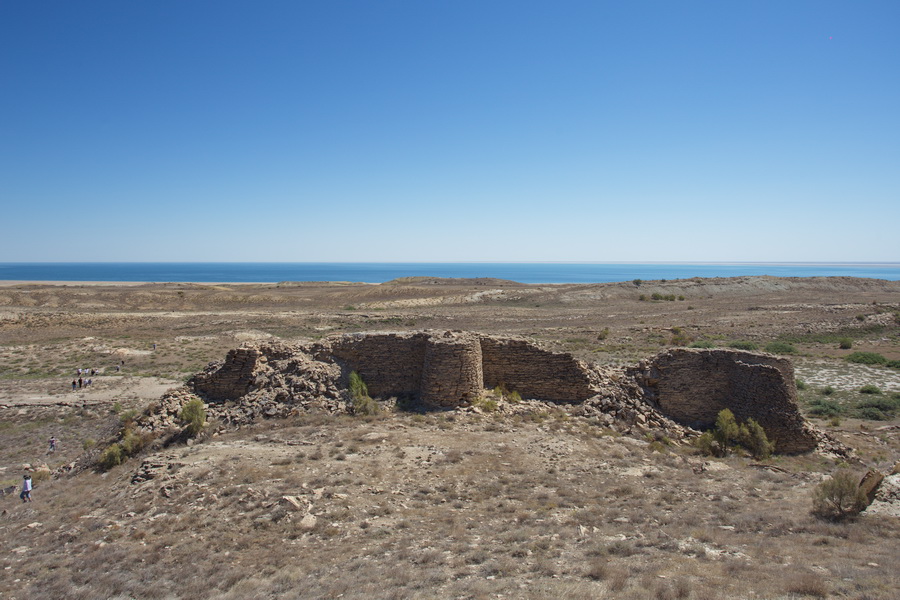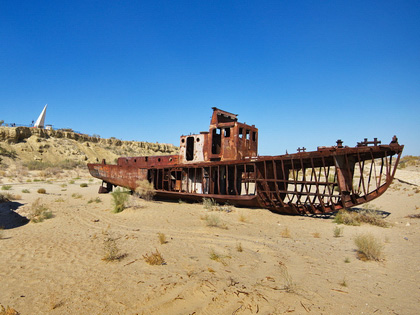Kurgancha-Kala, Ustyurt Plateau
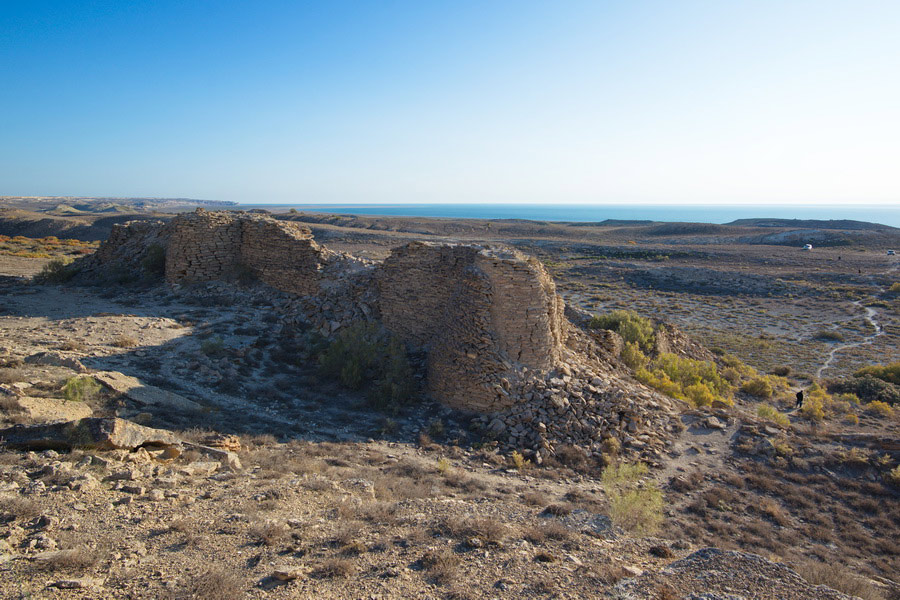
Kurgancha-Kala on the Ustyurt Plateau is a rare historical monument located in Eastern Ustyurt, constructed in the 12th-13th centuries. It's situated 170 km from the nearest major city, Kungrad, with the distance increasing to 200 km by road. This stone citadel stands on one of the medium ledges of the Ustyurt Plateau, gradually descending towards the Aral Sea coast. It once served as a frontier outpost on the northern borders of Khorezm, and possibly as the last caravanserai for merchants daring to cross the barren Ustyurt Plateau. The exact history of Kurgancha-Kala remains a mystery, as there are no historical records detailing its purpose or history.
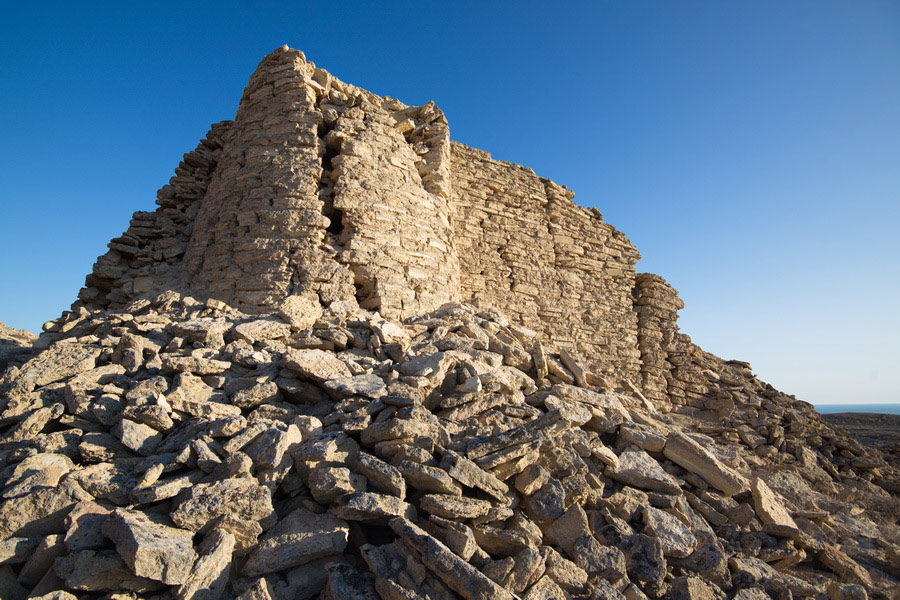
The fortress emerged during the Khorezmshahs' state period, precisely on the country's northern border. Its construction began in the 12th century and concluded in the early 13th century, right before the Mongol army led by Genghis Khan invaded the region. Although the Mongol troops never reached this fortress, it continued to function. Research indicates that Kurgancha-Kala was abandoned in the 14th century and has since gradually deteriorated.
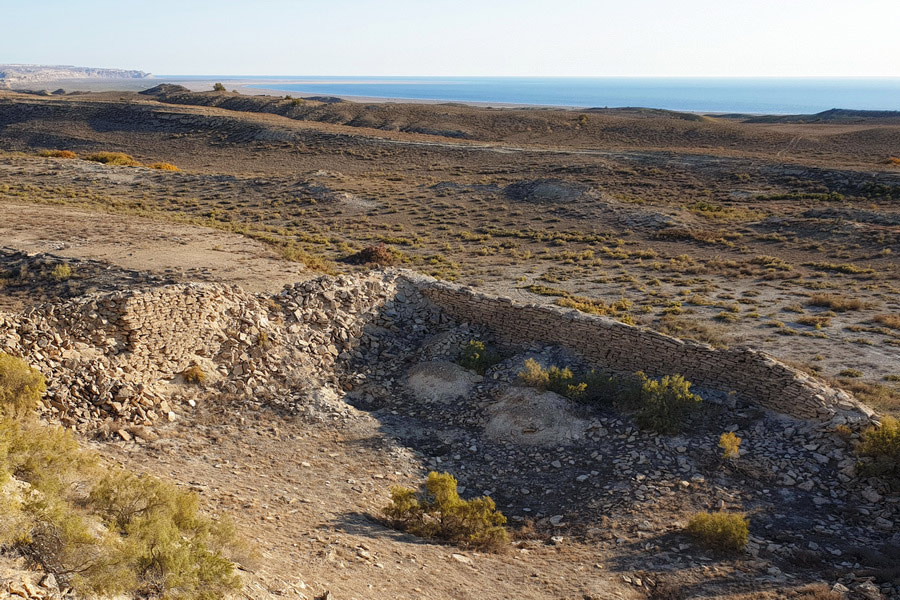
Today, the fortress is also known as Davlet-girey, a name given by local residents in the 18th-19th centuries. In 1717, the Russian army led by Prince Alexander Bekovich-Cherkassky, known as Devlet-Girey-murza before converting to Christianity, crossed the Ustyurt Plateau. Although the army passed much further south, the local Karakalpaks believed the Russians built the fortress on the plateau's ledges. Interestingly, another fortress named Kurgancha-Kala, existing in the 7th-8th centuries, is located 250 km southeast, near the settlement of Takhtakupyr, but only barely noticeable mounds remain of its walls.
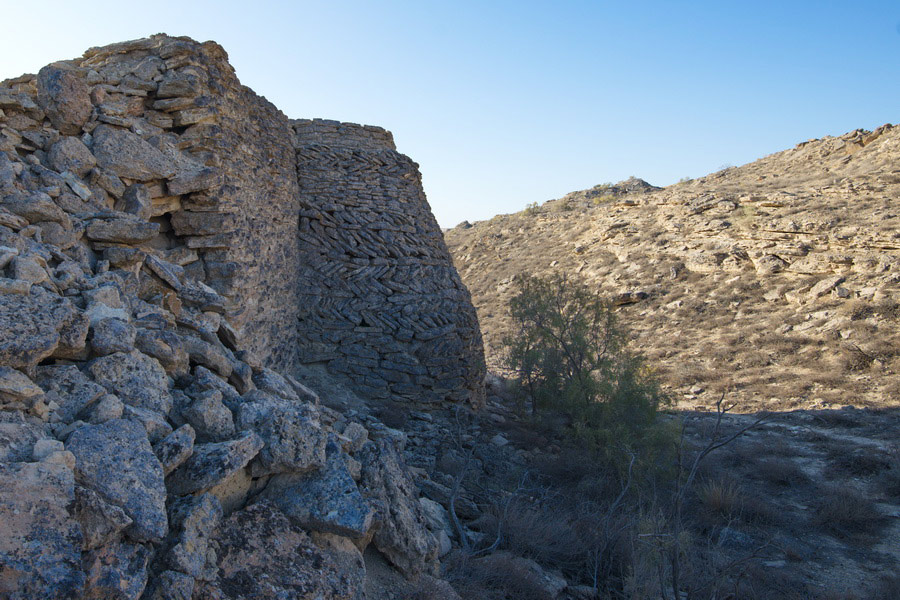
The Kurgancha-Kala on the Ustyurt Plateau measures 40x40 meters and is oriented according to the cardinal directions. The western wall is significantly higher and more fortified. Along the eastern wall were rooms, and ruins of one such room contained beads made of blue glass and shells. The fortress was constructed from cut limestone slabs taken from the upper layers of the Ustyurt Plateau. Nearby, on a higher ledge, stands a pyramid made of the same stones, serving as a watchtower or beacon.
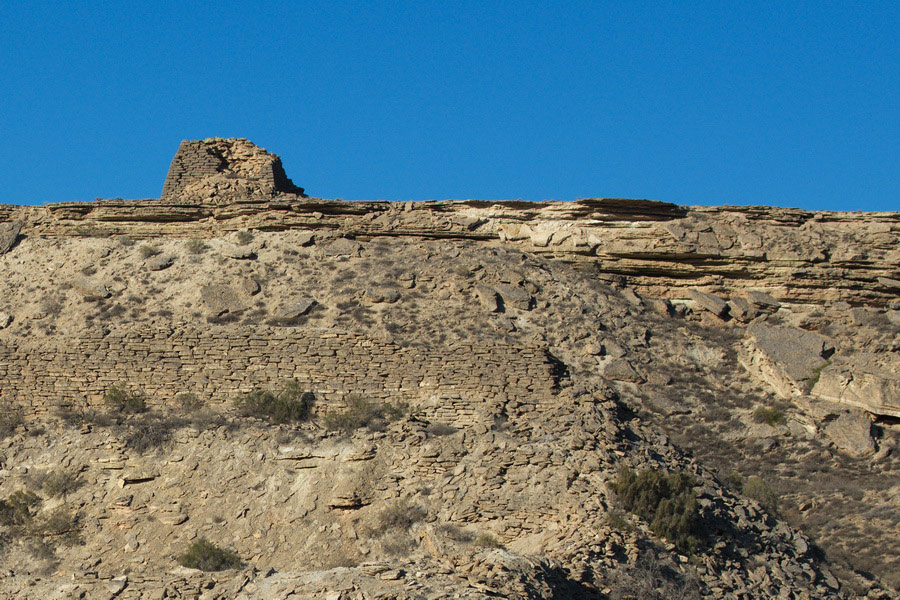
To visit Kurgancha-Kala, one must travel approximately 150 km northwest from Muynak or join a tour to the Aral Sea. A yurt camp, where tourists spend the night and from which a jeep can reach the stone walls in just 5 minutes (or a half-hour walk), is located 3 km from the fortress.
